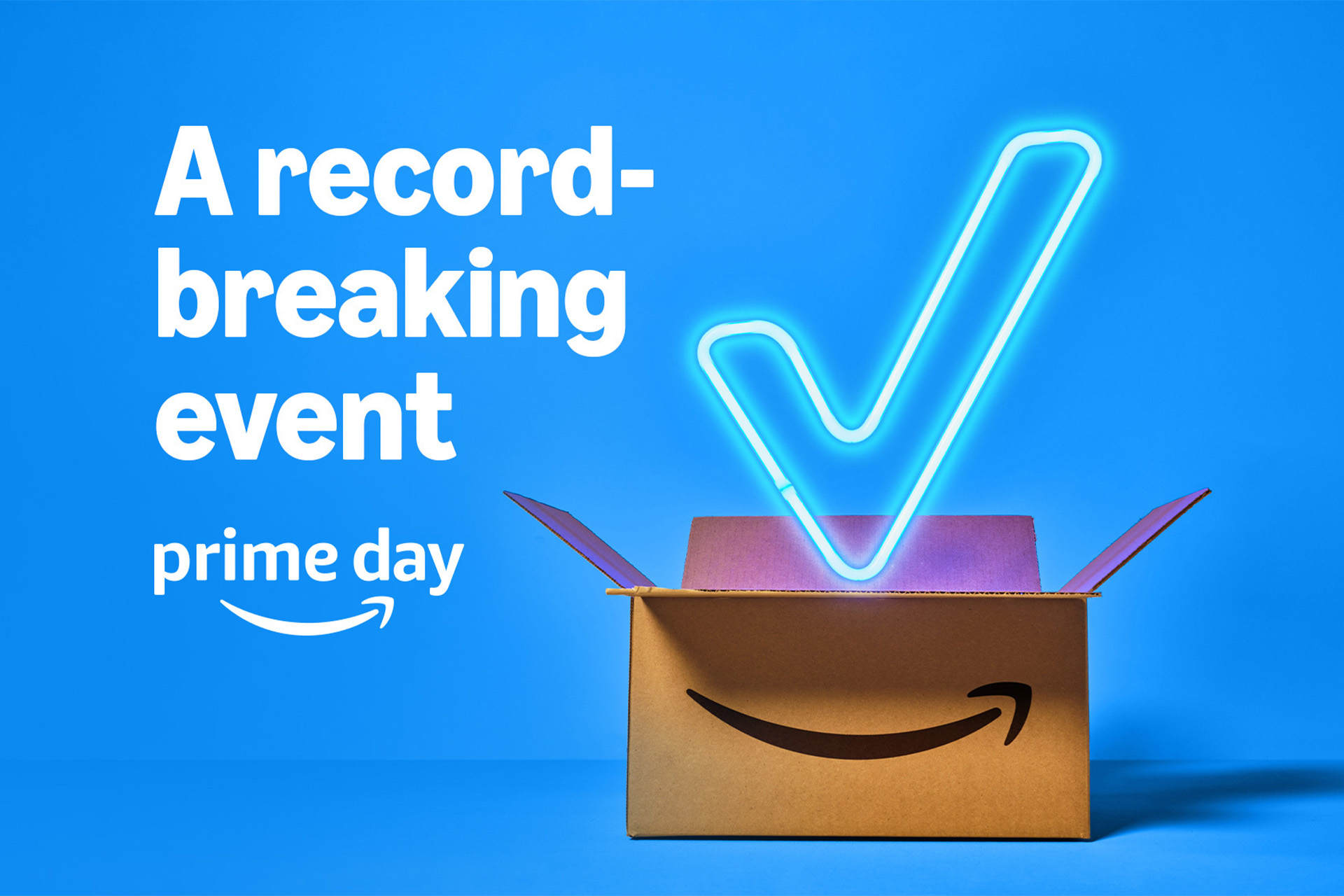Amazon is calling the 2024 version its biggest Prime Day shopping event ever, with record sales and more items sold during the two-day promotion than any such previously, even as consumers changed how they shopped.
During the 48-hour shopping event, members of Amazon’s Prime membership program saved billions in multiple countries across the globe on deals across every category, the company reported. However, Amazon didn’t provide much in the way of details as to the actual numbers involved.
According to an early report by Numerator, Amazon generated almost 94,000 Prime Day orders. The average order size was $57.97, and because 60% of households shopping Prime Day placed two or more separate orders, the average household spend was $152.33. Among households, 14% ordered five or more items.
The top 10 product categories sold on Prime Day were Apparel (27%), Home Goods (26%), Household Essentials (25%), Beauty or Cosmetics (22%), Health and wellness (21%), Consumer goods (19%), Pet Products (14%), Groceries (13%), Toys/Video games (12%) and Small Appliances (11%).
In combination, roughly speaking, household products, including Home Goods and Small Appliances, represented about 37% of Prime Day sales, a point less than the Household Essentials/Groceries combination.
When it comes to shopper motivation, 53% of consumers said they purchased items they had been waiting to go on sale, while 34% said they purchased items they regularly buy on Amazon. As for discounting, 41% of Prime Day shoppers said they purchased standard event deals, while 28% bought Lightning Deals.
Of Prime Day shoppers, 77% were female, about half were over 55, about half were middle income, and 41% were suburban, with urban following at 31%. Of course, other major retailers were discounting in July, and 54% of Prime Day shoppers stated that they had compared Amazon prices with those offered by its rivals. Walmart promoted comparison from 35% of Prime Day shoppers while Target had the attention of 34%. About two-thirds of Prime Day shoppers were extremely or very satisfied with the deals provided.
Although its final numbers won’t be out for a few weeks, Numerator’s wrap-up in 2023 put the average order size at $58.67, down from the previous year’s record of $60.73. The average household spend was $181.72, up from $176.71 in 2022. About 27% of households ordered two items or more in 2023. Because it organizes the merchandise segments differently in this year’s early Prime Day results and the final 2023 wrap-up, product category results are not comparable.
It may be the economy, but this year’s Prime Day shopping differed noticeably from patterns in 2023.
“This year’s Prime Day focused on small indulgences and everyday items. Shoppers purchased fewer big-ticket items than we’ve seen in past years, and fewer participants placed multiple orders throughout the sale, indicating a shift to more conscious shopping and a preference for saving over splurging,” said Amanda Schoenbauer, a Numerator analyst.
In a new aid to the event, Prime Day shoppers could tap Rufus, Amazon’s new AI-powered conversational shopping assistant, for the first time.





